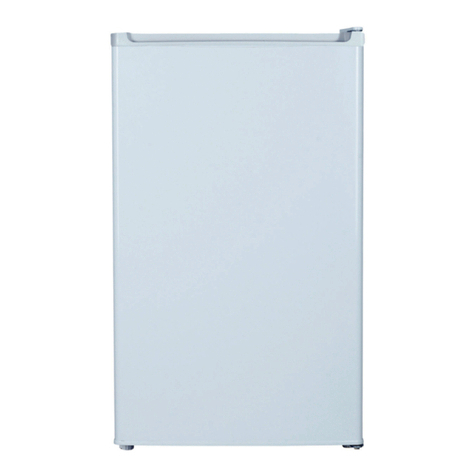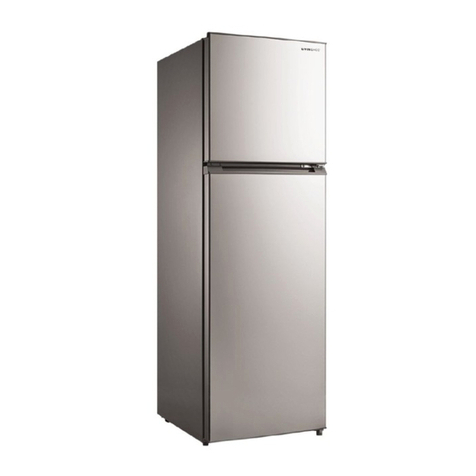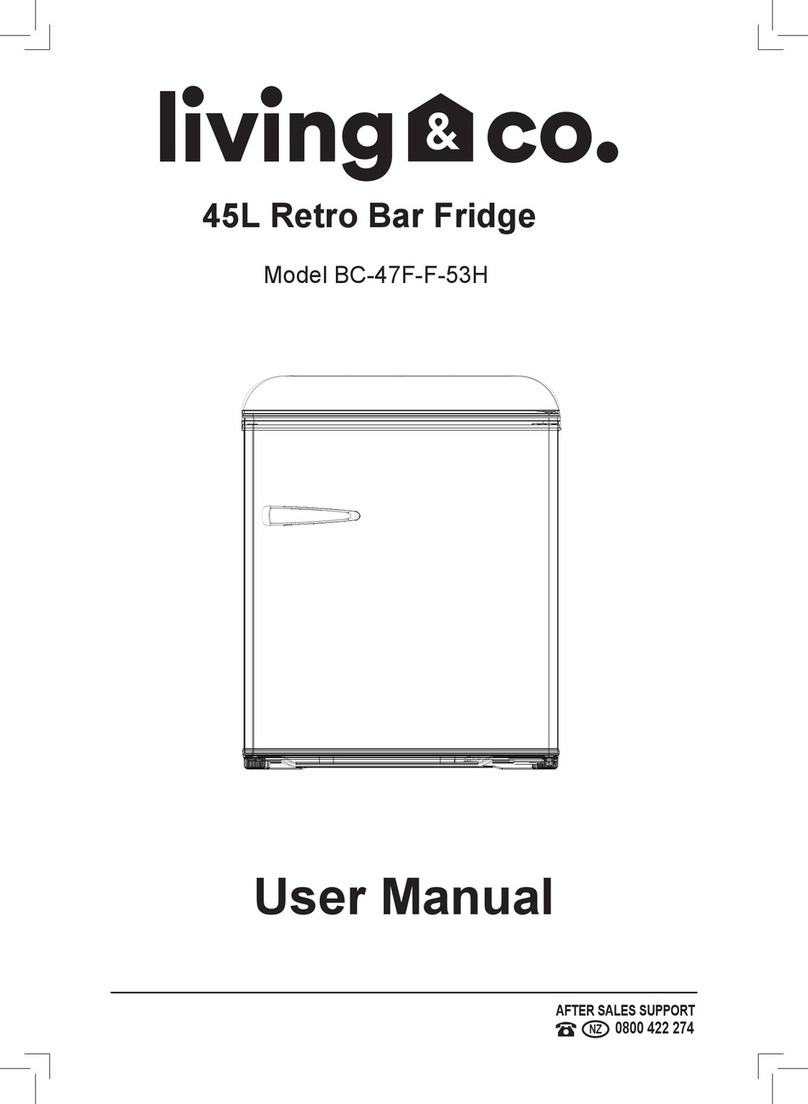
4
0800 422 274
NZ
Important Safety Instructions (Cont.)
To reduce the risk of fire, electric shock or injury, always follow basic safety precautions
and accident prevention measures when using this appliance, including the following:
Electrical safety
• Do not connect your appliance to the electricity supply until all packing and transit
protectors have been removed.
• Voltage: Plug the appliance in a 220–240V, 50Hz, properly earthed power outlet,
which must be in good working order. Make sure your outlet voltage and circuit
frequency correspond to the voltage stated on the appliance rating label.
• Power connection: Do not use an adaptor; do not use an extension cord. Plug
the power plug directly into a separate power point that cannot easily be turned off
accidentally, and that is easily accessible so you can switch it off when required.
• Power cord: Do not kink or damage the power supply cord. Do not leave it
exposed or dangling. Secure it behind the appliance so no one steps on or places
anything on the power supply cord or against it. A squashed or damaged power
plug may overheat and cause a fire.
• Damaged cord: Do not use a cord that shows cracks or abrasion damage along
its length or at either end. Any damage to the cord may cause a short circuit, fire
and/or electric shock. If the power cord is damaged, it must be replaced by the
manufacturer or its service agent. Contact the after sales support line for advice.
• CAUTION! No timer: In order to avoid a hazard due to inadvertent resetting of the
thermal cut-out, this appliance must not be supplied through an external switching
device such as a timer, or connected to a circuit that is regularly switched on and
off by your energy provider.
• Disconnection: Never unplug the unit by pulling the cord. Always grip the plug
firmly and pull straight out from the power point.
Usage conditions and restrictions
• Indoor domestic use only: This appliance is intended for indoor domestic use only,
which includes use in households, staff kitchen areas in shops, offices, in farm
houses and in other working environments, use by clients in hotels, motels, bed
and breakfast establishments, other residential type environments and in catering
and similar non-retail applications. It is not suitable for industrial or commercial use.
• Intended purpose: Do not use this appliance for anything other than its intended
purpose, and only use it as described in this manual.
• Usage restrictions: This appliance is not intended for use by persons (including
children) with reduced physical, sensory or mental capabilities, or lack of
experience and knowledge, unless they have been given supervision or instruction
concerning the use of the appliance by a person responsible for their safety.
• Children: Supervise children to ensure they do not play with the appliance. Close
supervision is necessary when any appliance is used by or near children. Never
allow children to operate, play with or crawl inside the appliance.


































